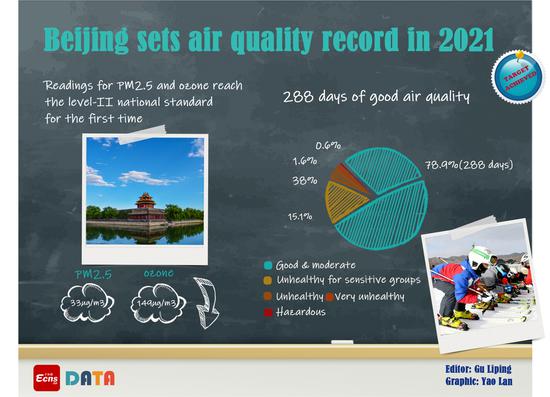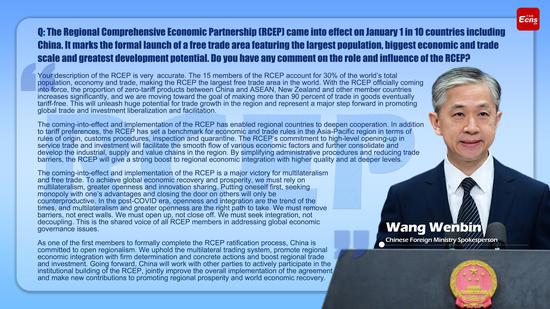The U.S. services sector posted strong growth in December amid continued supply chain disruptions and high inflation, the Institute for Supply Management (ISM) reported Thursday.
The Services Purchasing Managers' Index (PMI) registered 62 percent, 7.1 percentage points below November's all-time high reading of 69.1 percent, according to the latest Services ISM Report on Business. Any reading above 50 percent indicates the services sector is generally expanding.
Tim Quinlan and Shannon Seery, economists at Wells Fargo Securities, noted in an analysis that the biggest overall decline among the various subcomponents was supplier deliveries, which came down 11.8 points, indicating that supply chain pressure is easing.
"That is encouraging, although the current reading of 63.9 is higher than all but two months in 2020 and higher than any month prior to the pandemic since the late 1990s," Quinlan and Seery said.
The New Orders Index registered 61.5 percent, 8.2 percentage points lower than the all-time high reading of 69.7 percent reported in November, according to the ISM report.
Calling the decline in New Orders Index the "biggest downside surprise," Quinlan and Seery said that is the largest monthly drop in this series since February and "may reflect a greater sensitivity to the Omicron variant in the services sector than we have seen thus far in other measures."
Quinlan and Seery also noted that while there was some evidence of easing in supply bottlenecks, supply chains "remain a far cry from operating smoothly."
"Supply chain challenges to procure supplies for our restaurants remain our greatest obstacle at present, along with staffing needs. We are considering another price increase after just one in 2021, in August," said a business executive from the accommodation &food services industry.
A business executive from the utilities industry, meanwhile, noted that "we continue to experience supply chain disruptions across the nation and around the globe, resulting in raw material and subcomponent shortages, longer manufacturer lead times, transportation resource constraints, labor pool issues and significant price increases."
The ISM report showed that the Prices Index reached its third-highest reading ever at 82.5 percent, up 0.2 percentage point from the November figure.


















































 京公网安备 11010202009201号
京公网安备 11010202009201号